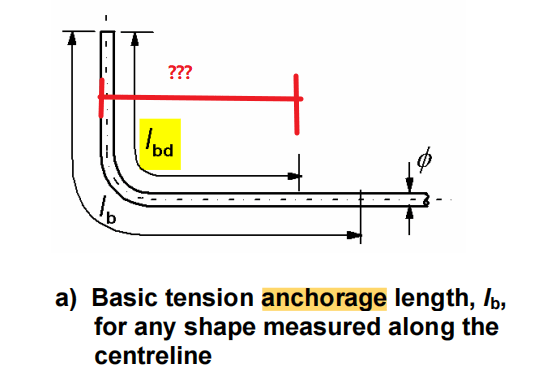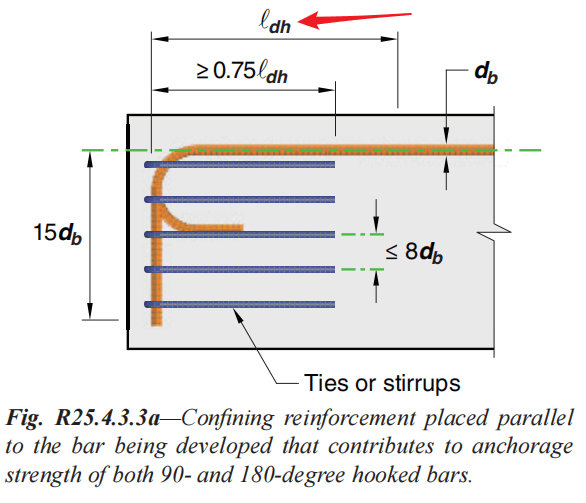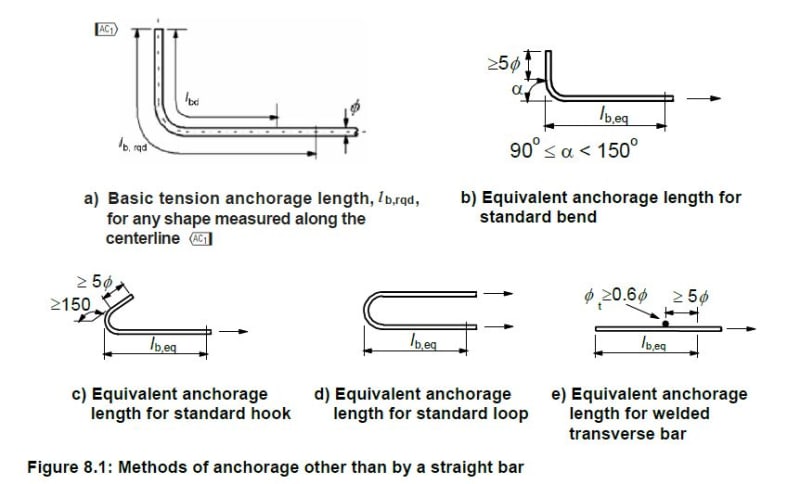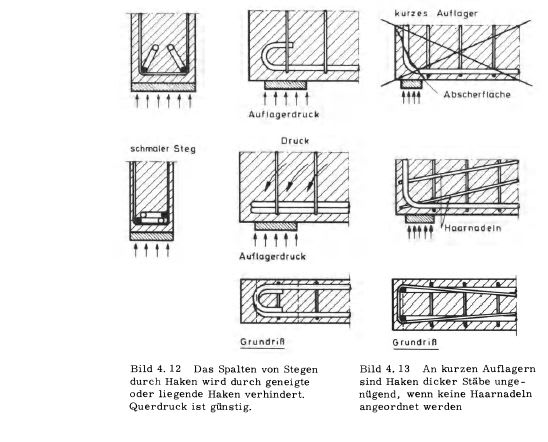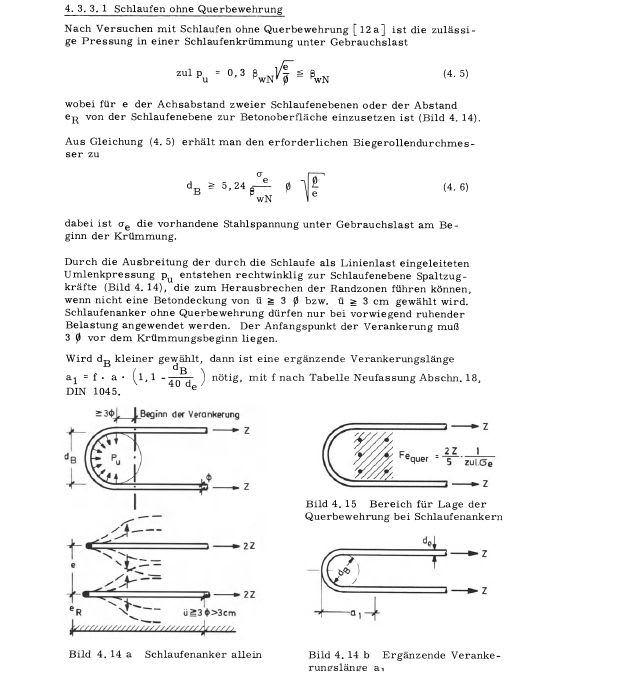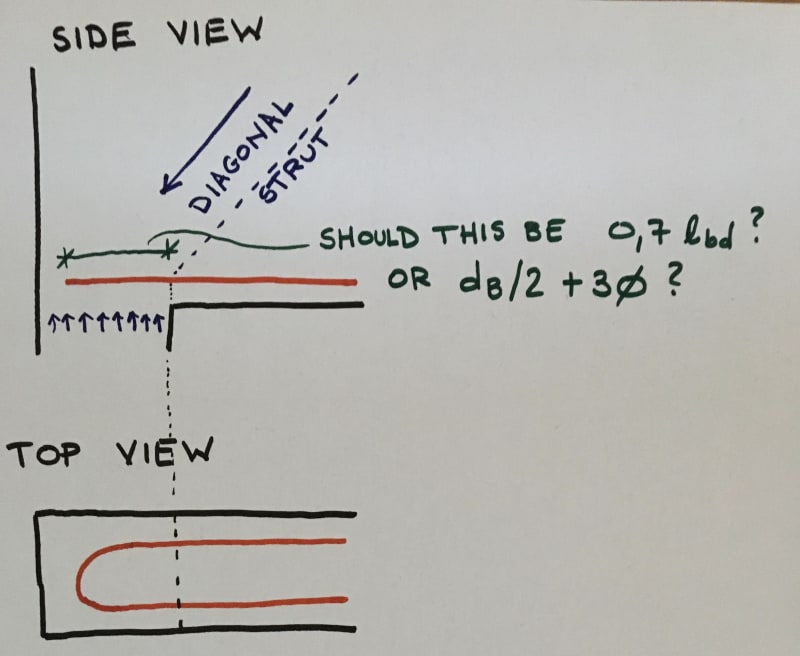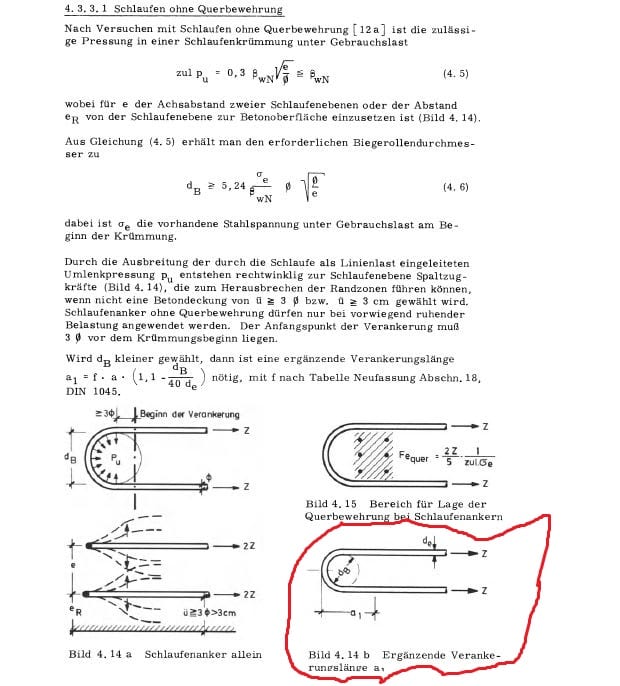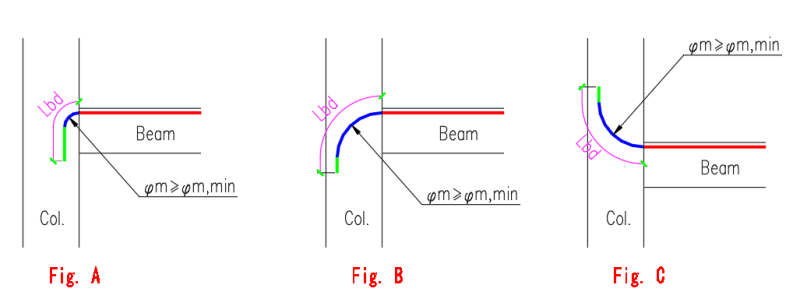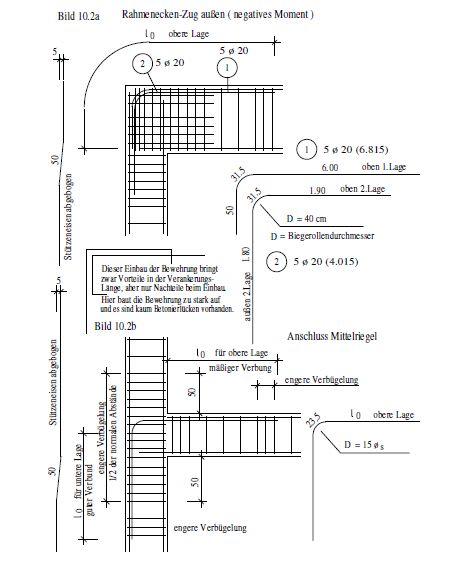vvhighland
Civil/Environmental
Why there is no requirement such as ldh in ACI318 in Eurocode2. I can't find such provisions in Eurocode2. So when the straight anchorage length cannot be met, which point can be started to bend the rebar? Can we find some basis in Eurocode2 about this. Thank you!
